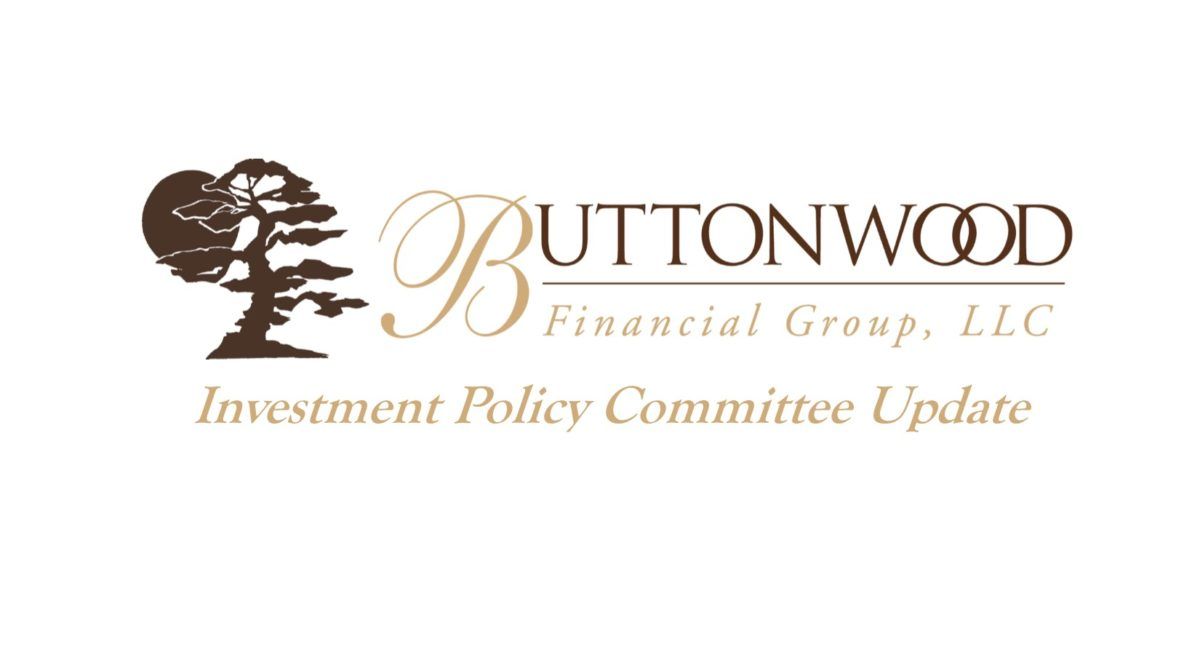Open Enrollment Began November 1st. Consider These 4 Tips for Choosing a Health Insurance Plan
Open enrollment (the annual period when you can enroll in major medical health insurance plans), begins November 1, 2022, and will remain open until January 15, 2023. You will need to enroll by December 15, 2022 for coverage that begins January 1, 2023. For someone looking to change or add coverage, this offers a short window of time to decide on and select your health insurance plan.1 To avoid a hasty decision to meet this deadline, take some time now to review and prepare. Below we’ve rounded up our top tips for choosing the right health insurance plan for you and your family’s needs.
Who Should Utilize Open Enrollment?
The Open Enrollment Period (or OEP) is for anyone looking to make a change to their health insurance coverage, whether through their workplace or the federal market. This could include looking for a cheaper plan with similar coverage, gaining coverage if you previously had none or changing your coverage altogether to better meet your needs.
Tip #1: Assess Your Current Costs
When thinking about changing your health insurance plan, it’s important to reassess your healthcare-related expenses. Take a look at how much you’re currently paying per month for your plan as well as what sort of out-of-pocket expenses you paid over the past 12 months.
These could include:
- Routine doctor’s visits
- Specialist visits
- Prescriptions
- Emergency room or urgent care visits
Unless you foresee any major changes in the coming year (such as pregnancy), this could be a helpful indicator when it comes to determining what type of coverage will be cost-effective and appropriate for you.
If you found your out-of-pocket expenses to be too high, now’s your opportunity to search for a plan with lower deductibles (although your monthly premiums will likely rise).
Tip #2: Choose Your Marketplace
You may be able to gain coverage through several marketplaces including:
- Your or your spouse’s workplace
- Federal marketplace
- Local or state marketplace
- Private exchange
- Directly through insurance providers
If you have the option to gain coverage through your employer, this will likely provide you with the lowest premiums. That’s because your employer pays a portion of the premium, which tends to be lower anyway.
If your employer does not provide healthcare coverage (or you wish to look elsewhere for it), you can gain coverage through the federal or state marketplace. You’ll start at Healthcare.gov, which will then direct you to your state’s marketplace (if applicable). While premiums are likely to be higher, you may be eligible for premium tax credits to help offset the monthly cost.
Tip #3: Decipher Your Available Plan Types
There are four common types of health insurance plans you’ll come across when selecting coverage: HMO, PPO, POS, EPO.
Health Maintenance Organization (HMO)
Pros: HMOs tend to have lower monthly premium costs and out-of-pocket costs as compared to other plan types.
Cons: You’re typically limited to seeing providers only in your network, and these must be coordinated by your primary care provider (unless it’s an emergency). This gives you less overall flexibility.
Preferred Provider Organization (PPO)
Pros: PPOs offer the user more freedom when it comes to choosing healthcare providers and specialists. You can see people outside of your coverage network, although this will typically result in higher out-of-pocket costs. Additionally, you typically will not need a referral from your primary care provider to make appointments with specialists.
Cons: Out-of-pocket costs and premiums tend to be higher for PPO plans, especially when compared to an HMO.
Point of Service Plan (POS)
Pros: With a POS plan, you have the flexibility to visit out-of-network healthcare providers, but typically at a high out-of-pocket cost.
Cons: Similar to an HMO, you will likely need a referral from your primary care provider to see a specialist or have a medical procedure done. Additionally, your primary doctor will coordinate your care for you.
Exclusive Provider Organization (EPO)
Pros: An EPO will typically offer you lower out-of-pocket costs, and a referral is not needed to see specialists or have medical procedures done.
Cons: You will be required to visit specialists within your network unless it is an emergency. An EPO will typically provide less flexibility and freedom when it comes to choosing care providers.
Tip #4: Account For Your Current Providers
As shown above, every plan type either requires you to visit in-network providers or offers lower out-of-pocket costs for visiting an in-network specialist. If you already have preferred providers on your current plan, switching plans could jeopardize your ability to visit them in the future (or cost you more to do so).
When comparing plans, make sure to check whether or not your current healthcare providers are in-network. If they are, you should have no problem continuing to see them as you did before. If they’re out-of-network, you’ll either have to find a new provider or prepare to pay more for every visit.
Picking the right health insurance plan for you and your family can feel daunting, confusing and rushed. With some time left before open enrollment, do yourself a favor and create your plan of action now. Prepare now by determining what type of plan may be right for you, what coverage you know you’ll need and what marketplace you’ll be buying from. When November hits, you’ll be more than ready to make a decision that’s right for your healthcare needs.
This content is developed from sources believed to be providing accurate information. It may not be used for the purpose of avoiding any federal tax penalties. Please consult legal or tax professionals for specific information regarding your individual situation. The opinions expressed and material provided are for general information, and should not be considered a solicitation for the purchase or sale of any security.
Recent Buttonwood Articles

Are you ready to explore the benefits of your very own Family CFO?





